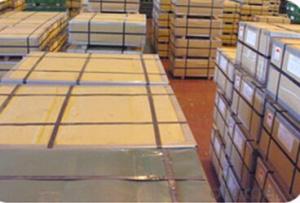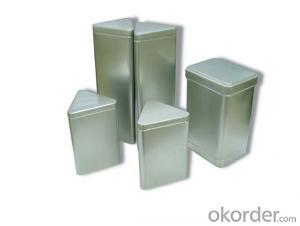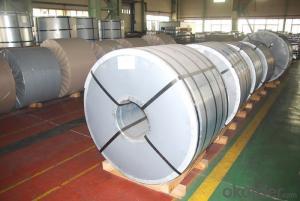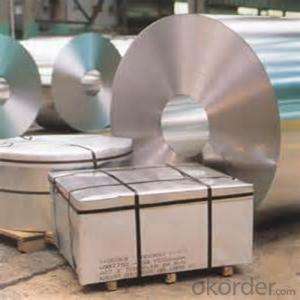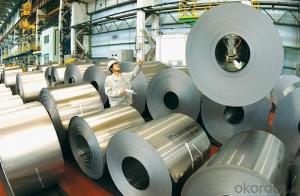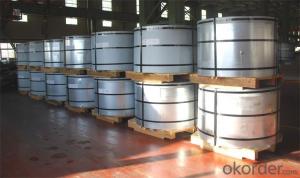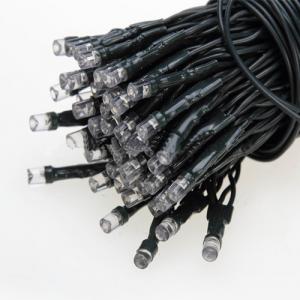Mth Tinplate Christmas
Mth Tinplate Christmas Related Searches
4 By 8 Plastic Sheets Thin Plastic Sheets Flexible Tinplate Coil Quotes Tinplate Iron Clear Plastic Sheets Hard Plastic Sheets 4X8 Lightweight Plastic Sheets Wavy Plastic Sheets White Plywood Sheets Poly Styrene Foam SheetsHot Searches
Tinplate China Tinplate Stock Price Tata Tinplate Price List Tinplate Price Trend Tinplate Nse Share Price Tinplate Price Chart Tinplate Share Price Nse Tata Tinplate Share Price Tinplate Share Price Today Tinplate Share Price Bse Tinplate Price Tinplate Share Price Tinplate Coil Manufacturers Tinplate Sheet Suppliers Food Mixer Sale Tinplate Factory Tinplate Production Tinplate Products Ltd Tinplate Products Tinplate Can ManufacturersMth Tinplate Christmas Supplier & Manufacturer from China
Okorder.com is a professional Mth Tinplate Christmas supplier & manufacturer, offers integrated one-stop services including real-time quoting and online cargo tracking. We are funded by CNBM Group, a Fortune 500 enterprise and the largest Mth Tinplate Christmas firm in China.Hot Products
FAQ
- Tinplate is coated with protective lacquer by first cleaning and pre-treating the surface to remove any contaminants. Then, a thin layer of lacquer is applied onto the tinplate using various methods such as roller-coating or spray-coating. The lacquer acts as a barrier, protecting the tinplate from corrosion, oxidation, and other external factors that may affect its quality and durability.
- No, tinplate packaging should not be used for microwaveable products as it can cause sparks and potential fire hazards.
- Tinned iron and iron matte tin in difference
- While in tinplate iron or iron matte silver, the surface is sandy, so people often referred to as silver iron, its price is a tin material price is more expensive, generally can usually used without printing packing, for printed cans is usually to is sandy, it is generally. Iron printing, matte iron tensile and hardness of tin iron generally not good, some specifications of tinplate is not suitable for stretching relatively large.
- The main factors affecting tinplate coil loading and unloading include the size and weight of the coils, the type and condition of the loading and unloading equipment, the skill and experience of the operators, and the safety precautions in place. Additionally, factors such as the layout of the loading and unloading area, weather conditions, and any specific requirements or regulations for handling tinplate coils may also impact the process.
- Enamel paint is suitable for tinplate due to its durability and ability to adhere to metal surfaces.
- Yes, tinplate can be used for packaging industrial products. Tinplate is a commonly used material for packaging due to its sturdiness, corrosion resistance, and ability to be easily formed into various shapes and sizes. It provides excellent protection for industrial products during storage and transportation.
- Tinplate packaging contributes to product protection against odors primarily through its excellent barrier properties. The tin layer on the surface of the packaging acts as a barrier, preventing the transfer of odors from the outside environment to the product inside. This helps to maintain the product's freshness and quality by effectively sealing off any potential odor contamination.


















